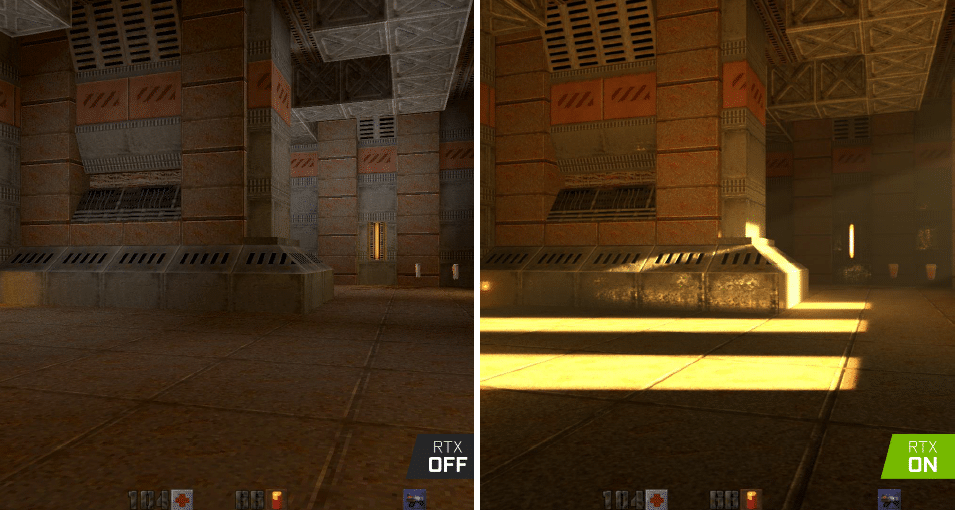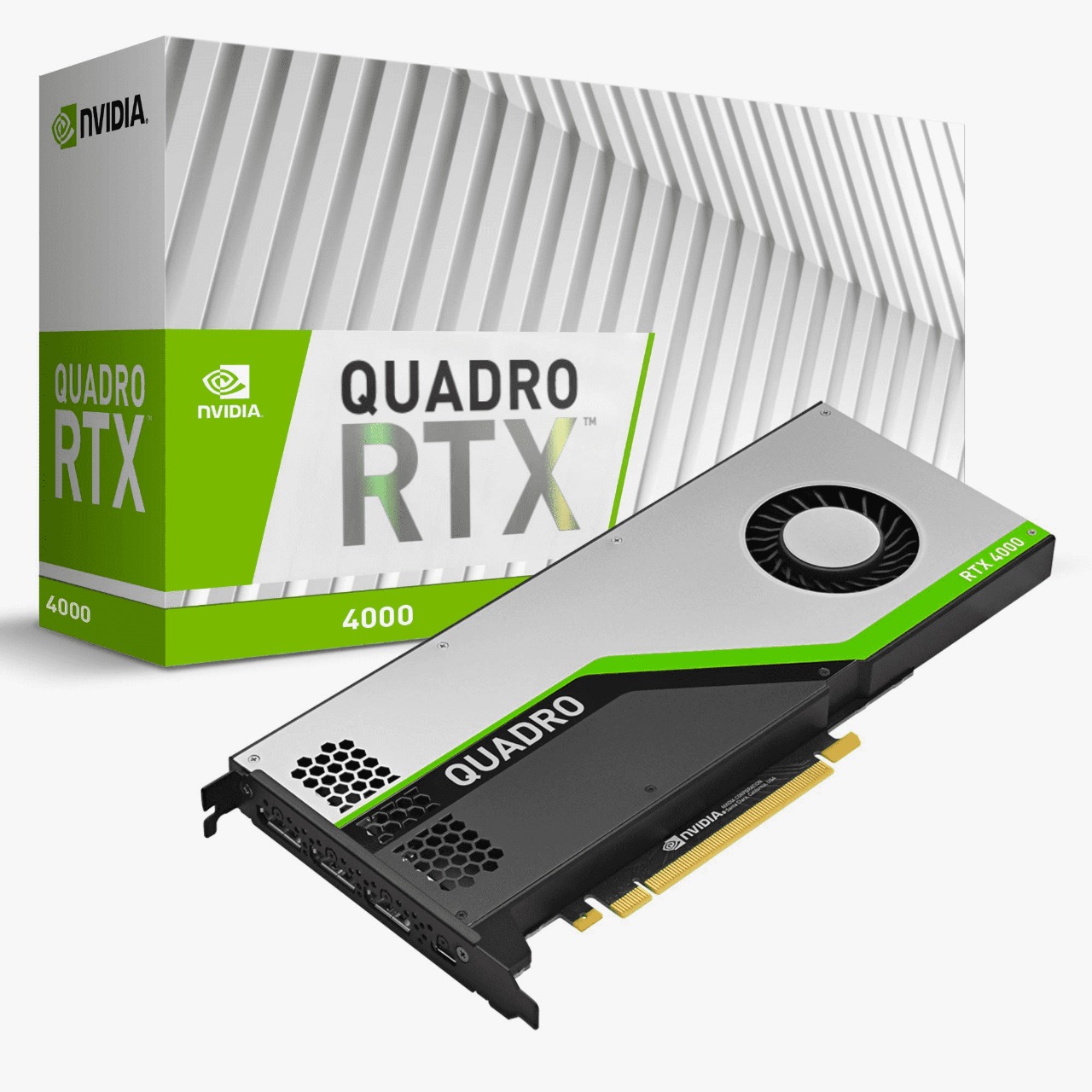

Still, given the P4000 came out in February 2017, the RTX is sure to have some performance improvements, even with both running the latest Quadro GPU driver. It’s a great higher-mid-range video card, especially for the price. The P520 came with the very capable Quadro P4000.
#Nvidia quadro rtx 4000 how to
See our ThinkStation P520 review for more details and how to swap a GPU if you need to upgrade an older card. The base configuration with a Quadro RTX 4000 option comes in at $1900. It sits in the middle of the Lenovo P-Series workstation family. Our test system is a Lenovo ThinkStation P520 workstation.

This won’t be the most thorough RTX performance review but I did want to provide a comparison to the top of the line P-Series GPU that many may still have and, realistically, acts as a line between previous-generation NVIDIA GPUs and NVIDIA RTX GPUs. To the point, it caused a shift in the gaming and 3D software industry, to the joy of some developers and chagrin of others yet, that made it possible for the GPU to handle the complexities of real-time ray tracing which had only been possible on CPU before.

To sum it up, the NVIDIA RTX GPUs can do what no other GPUs before it could do. The RTX platform provides various RTX APIs for developers which allow them to build RTX applications that take advantage of the RTX Turing architecture and allows you to take advantage of those RTX features in applications that take advantage of NVIDIA’s line of RTX GPUs. Turing adds many important features over previous architecture, the primary of which is the new Tensor cores that add deep learning AI capabilities and the RT cores for real-time ray tracing acceleration. The new RTX cards use the next generation of GPUs based on the Turing architecture with features that come together on the NVIDIA RTX platform. If you’re not familiar with the new Quadro RTX line, here’s what you need to know.


 0 kommentar(er)
0 kommentar(er)
